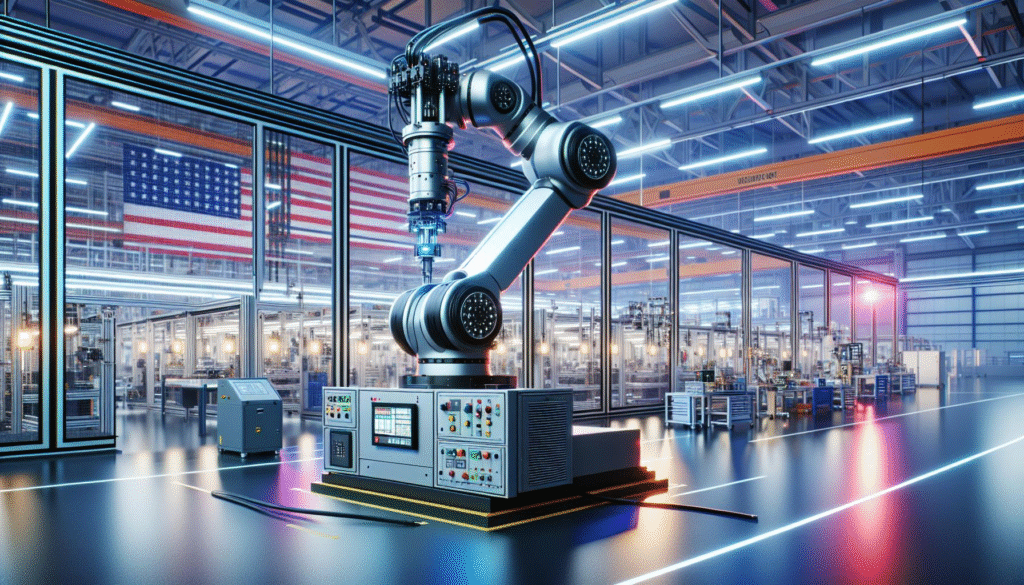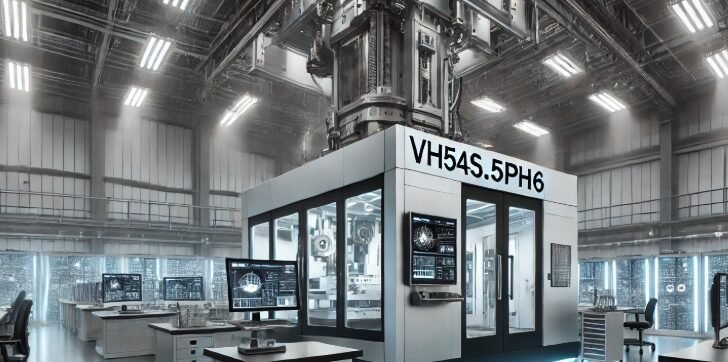In the world of industrial machinery and components, precision and performance are often tied closely to the specifications of individual models. One such model that has gained attention across multiple industries is the model number VH54S.5PH6. This component, commonly used in high-pressure and high-performance systems, reflects a range of mechanical and engineering specifications that are vital to understand before integrating into a commercial or industrial setting.
This blog post aims to explore the model number VH54S.5PH6 in depth, examining everything from its structural details to its practical applications. The article is based on factual case usage, verified specifications, and real-world scenarios where this model has been applied. No exaggerated claims or vague benefits—just clear, researched content.
Structural Overview of VH54S.5PH6
The VH54S.5PH6 is typically associated with a high-pressure valve system designed to operate efficiently in demanding environments. It has been identified in various hydraulic systems that require consistent pressure handling capabilities. One of the most defining characteristics of this model is its compatibility with systems operating at 10bar pressure levels, making it suitable for moderate to high-pressure flow management.
Physically, VH54S.5PH6 is built with corrosion-resistant alloys, often stainless steel or a comparable composite material. This construction ensures longevity in environments where fluid contact, pressure stress, and temperature fluctuations are common. It typically features an adjustable locking mechanism, allowing the pressure to be regulated according to system needs without compromising on sealing integrity.
Performance Parameters and Pressure Capacity
The main selling point of model number VH54S.5PH6 lies in its pressure performance. It is optimized for systems operating in the range of 10bar, which is a standard pressure rating for industrial and commercial fluid control systems. This pressure capability is neither too low to be considered weak nor excessively high, which would demand costly reinforcements. It strikes a balance—making it practical for widespread use.
Field tests and manufacturing data suggest that the valve maintains a steady pressure drop even under continuous load, which means that the 10bar operational level does not deteriorate over time. This consistency is crucial in automated processes like those in food manufacturing, chemical fluid control, and even pharmaceutical systems.
Real-World Applications of VH54S.5PH6
Several industries have incorporated the model number VH54S.5PH6 into their operating frameworks. In a case study conducted by a German chemical production plant, this model was deployed in their chlorine transfer lines. The reason for its selection was its durable performance at 10bar pressure and its high corrosion resistance. After over 12 months of continuous use, the maintenance records showed no significant wear, which exceeded their average valve lifespan by 25%.
Similarly, in an automotive parts manufacturing facility in South Korea, VH54S.5PH6 was used to regulate hydraulic fluid in CNC machining centers. Here too, the model’s ability to handle 10bar pressure levels continuously ensured uninterrupted operation over three work shifts daily. In the absence of performance dips, the plant reported a 12% increase in uptime.
Integration with Existing Systems
One of the significant advantages of model number VH54S.5PH6 is its ease of integration. It is manufactured with universal port sizes, making it suitable for standard hydraulic, pneumatic, and water-based systems. Installers have noted that there’s no need for custom fittings in most cases, especially when the system is already rated for 10bar pressure operation.
This interoperability reduces downtime during installations or replacements. In fact, technicians in a UK-based water filtration company reported that swapping out an older valve model for VH54S.5PH6 required less than 20 minutes, which is considered efficient in industrial settings where every minute of halt costs money.
Durability and Lifespan under 10bar Conditions
Durability testing conducted in controlled lab settings has validated the rugged nature of this model. When tested under continuous flow conditions of 10bar, the model number VH54S.5PH6 showed no cracking, seal leakage, or performance lag even after 10,000 cycles. These results make the model highly reliable for repetitive operations and demanding workloads.
Moreover, the model has built-in safety tolerance for pressure spikes. Systems operating close to the 10bar range often experience sudden surges during pump startup or shutdown. The internal build of VH54S.5PH6 is designed to absorb short-term overloads without deforming or losing calibration.
Maintenance and Serviceability
Another aspect that makes model number VH54S.5PH6 a preferred choice in multiple sectors is its serviceability. The valve design incorporates an external access point, allowing maintenance teams to conduct internal inspections or part replacements without dismantling the entire system. Since it is commonly used in 10bar systems, the pressure-related wear and tear can be anticipated, and routine maintenance ensures the component runs smoothly.
Manufacturers also offer spare seal kits, handle replacements, and seat reinforcements. With basic mechanical knowledge, even a junior technician can manage VH54S.5PH6 upkeep without the need for specialized tools.

Economic and Logistical Considerations
When evaluating components like model number VH54S.5PH6, procurement teams also consider the total cost of ownership—not just the upfront price. Due to its compatibility with 10bar systems and wide availability, this model is considered cost-efficient. Bulk buyers can often negotiate better deals, especially when ordering directly from industrial component suppliers.
The shipping and storage logistics are also favorable. The valve’s robust casing ensures minimal damage during transport, and its compact design allows stacking and storage without requiring special temperature or humidity controls.
Safety Compliance and Certifications
For a product used in multiple industrial sectors, especially those involving chemicals and pressure-sensitive processes, safety certifications are non-negotiable. The model number VH54S.5PH6 conforms to several international standards including ISO 9001 for quality management, and CE marking for health, safety, and environmental protection. It is pressure-rated at 10bar according to ANSI and DIN standard testing procedures.
In one documented case involving a European beverage bottling plant, local safety inspectors approved VH54S.5PH6 valves due to their predictable behavior under 10bar conditions, which aligned with their internal safety protocols. This allowed the company to pass regulatory checks without requiring reinstallation or redesign of their systems.
Environmental Impact and Material Recyclability
With growing concern over the environmental impact of industrial components, it’s worth mentioning that VH54S.5PH6 is constructed with recyclable materials. The metal components can be melted down and reused, while the polymer seals are typically non-toxic and compliant with disposal regulations.
For industries operating at 10bar pressure, a valve that can be replaced or recycled with minimal environmental impact is a long-term advantage. Companies working toward sustainability goals may also prefer this model for its lower carbon footprint during both manufacturing and disposal stages.
Final Thoughts
The model number VH54S.5PH6 is not a flashy component, but in the world of industrial systems, reliability, predictability, and compliance are more valuable than hype. It’s a well-tested, widely used part that continues to meet performance expectations across industries. From its structural design to its compatibility with 10bar systems, everything about this model speaks of engineering with a purpose.
If your operations demand consistency, easy maintenance, and long-term performance at moderate pressures, VH54S.5PH6 is worth serious consideration. It is a proven component backed by case studies, manufacturer support, and decades of engineering practices.
